DATA SOURCE(S): 1,2,8,36
Common Name(s): Ramin, melawis
Scientific Name: Gonystylus spp. (primarily G. bancanus and G. macrophyllus)
Distribution: Southeast Asia
Tree Size: 65-100 ft (20-30 m) tall,
2-3 ft (.6-1 m) trunk diameter
Average Dried Weight: 40.9 lbs/ft3 (655 kg/m3)
Specific Gravity (Basic, 12% MC): 0.52, 0.66
Janka Hardness: 1,300 lbf (5,800 N)
Modulus of Rupture: 17,850 lbf/in2 (123.1 MPa)
Elastic Modulus: 2,254,000 lbf/in2 (15.55 GPa)
Crushing Strength: 9,703 lbf/in2 (66.9 MPa)
Shrinkage: Radial: 4.4%, Tangential: 9.1%,
Volumetric: 14.0%, T/R Ratio: 2.1
Color/Appearance: Tends to be a almost white to pale yellow, sometimes grayish. Sapwood and heartwood not differentiated. Prone to spalting and blue fungal staining (see pictured sample for reference).
Grain/Texture: Grain is straight or slightly interlocked, and usually without any notable figure or character. Texture is medium to fine, with a low natural luster.
Rot Resistance: Rated as non-durable to perishable regarding decay resistance, and also susceptible to insect attacks.
Workability: Overall good working characteristics with both hand and machine tools. However, ramin does have a tendency to splinter during cross-cutting operations. Glues, turns, and finishes well.
Odor: Has a strongly unpleasant scent while green, which mostly subsides once fully dried—though this scent may return if the wood is re-wetted.
Allergies/Toxicity: Although severe reactions are quite uncommon, ramin has been reported to cause eye and skin irritation, as well as other side effects such as asthma-like symptoms and increased tendency for splinters to get infected. See the articles Wood Allergies and Toxicity and Wood Dust Safety for more information.
Pricing/Availability: Ramin has been over-exploited in the past, and is now listed on CITES Appendix II as an endangered species (this includes the entire Gonystylus genus). Although a strong and useful wood, many suitable domestic alternatives are much more readily available. Trade of ramin is likely to remain restricted to its natural range within southeast Asia.
Sustainability: This wood species is in CITES Appendix II (the entire Gonystylus genus is protected), and is on the IUCN Red List. The primary species, Gonystylus bancanus is listed as critically endangered, while many other of 30 species in the genus vary anywhere from endangered to being of least concern (notably, G. macrophyllus is among the species being of least concern).
Common Uses: Furniture, cabinetry, veneer, plywood, flooring, utility lumber, dowels, tool handles, and other turned objects.
Comments: Ramin has been compared to beech (Fagus spp.) in mechanical strength properties,[1]TRADA. (1979). Timbers Of The World (Vol. 1, p. 401). Longman. and while ramin may not always be the strongest wood in an absolute sense (technically its average hardness is slightly lower than beech), it has a very good strength-to-weight ratio in most metrics.
Images: Drag the slider up/down to toggle between raw and finished wood.
Identification: See the article on Hardwood Anatomy for definitions of endgrain features.
Porosity: diffuse porous; no discernible growth ring boundaries
Arrangement: solitary and radial multiples
Vessels: medium to large, few to very few; yellowish heartwood deposits sometimes present
Parenchyma: vasicentric, winged, and confluent
Rays: narrow, normal spacing; some rays may be just barely visible without magnification
Lookalikes/Substitutes: Two of the more common commercial species with similar appearance that also have potentially overlapping distribution are jelutong (Dyera costulata) and milkwood (Alstonia spp.)—though these species have pores occurring much more extensively as radial multiples (milkwood) or as radial pore chains (jelutong). Other common hardwoods with similar appearance occurring outside of Asia include: breadnut (Brosimum alicastrum), koto (Pterygota macrocarpa), and limba (Terminalia superba). Sometimes ramin’s unpleasant scent when wetted can help to distinguish it from lookalikes.
Notes: Being a CITES-listed endangered species, separating ramin from other lookalikes can be important.
Related Content:

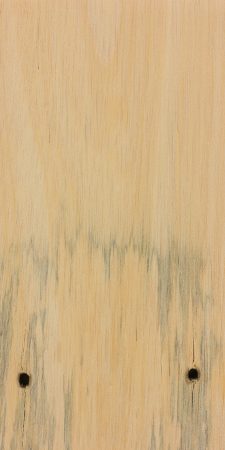
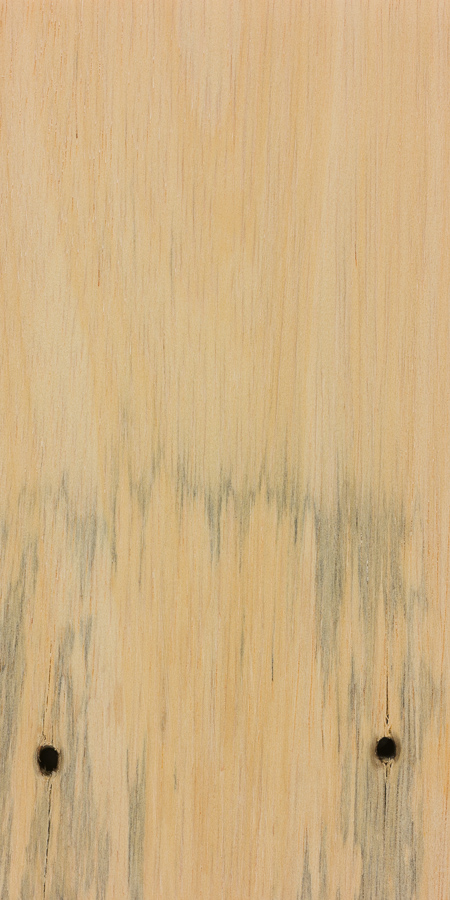
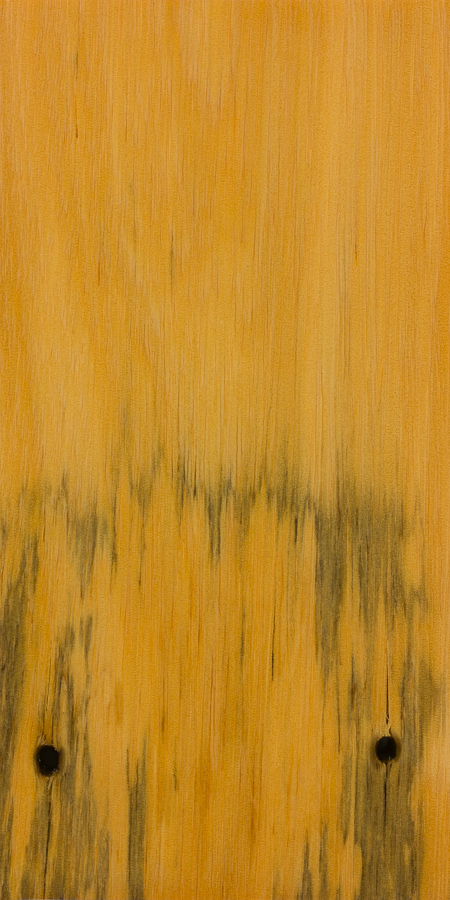
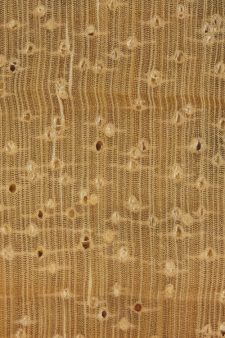


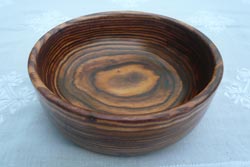





I find this yellow wood from Indonesian area its bright yellow was hoping you can confirm this
Looks like argentine osage orange or yellow heart.
Bald cypress has better rot resistance but isn’t as hard or strong as ramin. Yellow shorea (lauan, philippine mahogany) looks similar and is probably better than ramin in decay resistance. Slow growth, darker color cypress is generally better than fast growth, having more of the oils that resist decay. Another Eastern wood that beats cypress for boat building qualities is black locust (robinia psuedoacacia), an underused species that’s better than teak in some ways (strength, glue taking, for example). It was the preferred wood for treenails in colonial times. Trees were not big enough for generally shipbuilding, but they will… Read more »
I have a small sailing dinghy that used this wood for the floor boards when it was built back in the early 60s. Most of the boards are in good shape except for one that has split. My local mill thinks that Cypress could be a good substitute. What do you think?